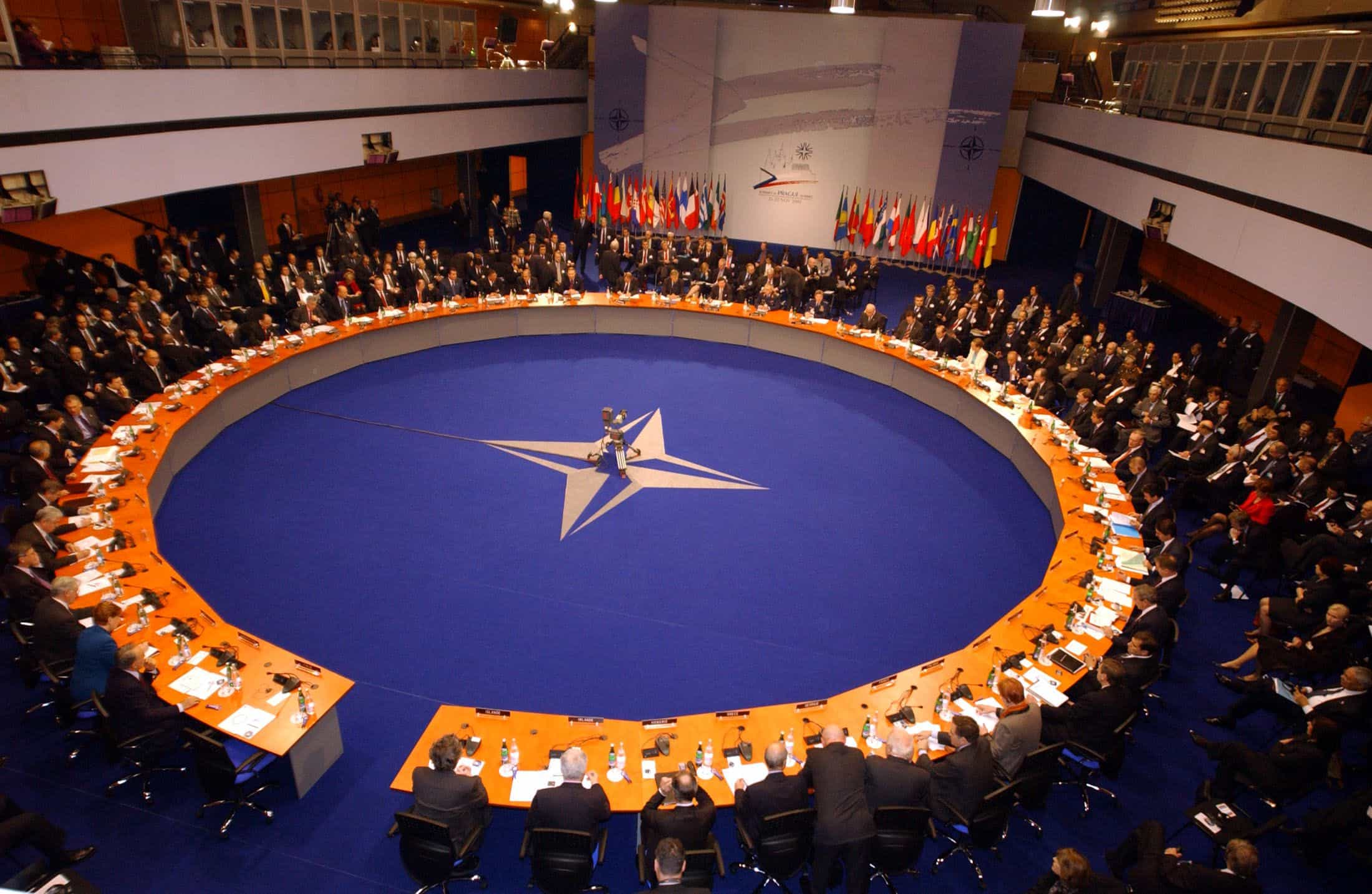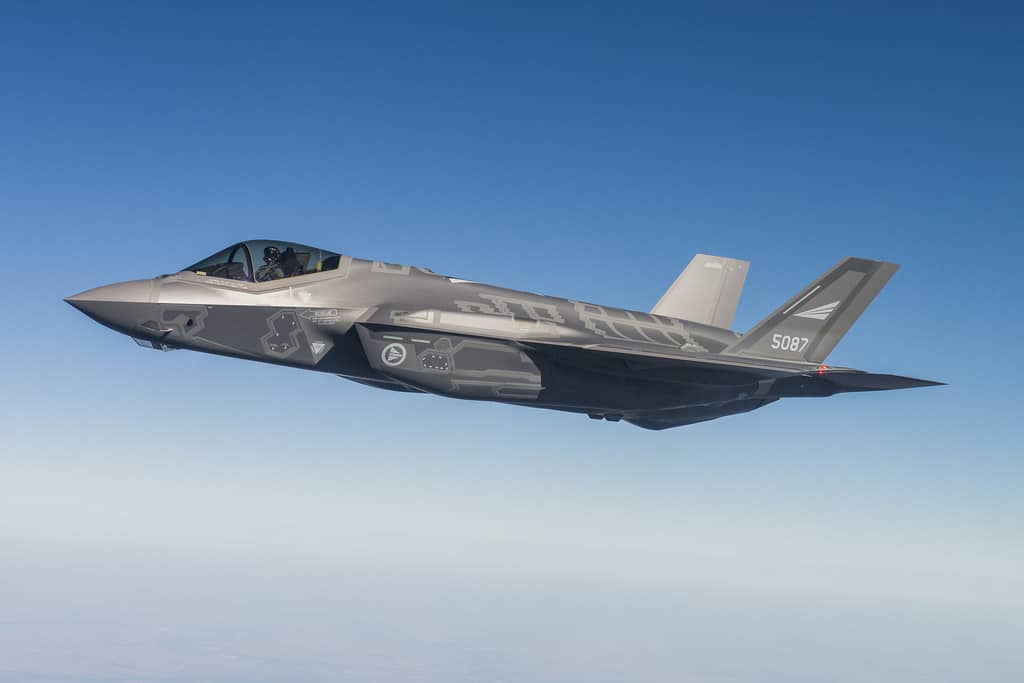NATO is set to create two new command centers including one protecting Atlantic shipping lanes, Secretary General Jens Stoltenberg said Tuesday, as it revamps its structures to better counter the threat posed by Russia.
The alliance has stripped back its command structure since the end of the Cold War, leading to fears that it would be ill-equipped to respond to an attack on its eastern flank from an increasingly assertive Russia.
Defence ministers from the 29 NATO countries meeting in Brussels this week are expected to agree the outlines of the new measures, which also include a new European logistics command.
Stoltenberg said NATO’s command structure, pared back over recent decades in the name of efficiency and cost savings, was the “backbone of the alliance” but needed updating.
“This will include: a new command to help protect sea lines of communication between North America and Europe,” Stoltenberg said.
“And another command to improve the movement of troops and equipment within Europe. Our ability to move forces is essential to deterrence and collective defence,” he said.
At the end of the Cold War, NATO had some 22,000 personnel in 32 commands, but cuts and restructuring since 2002 have left the alliance with just 7,000 personnel in seven structures.
But Russia’s annexation of Crimea in 2014 and meddling in eastern Ukraine have revived long-dormant fears of the threat from the east.
The US ambassador to NATO, Kay Bailey Hutchison, said the Ukraine crisis woke the alliance to the need for reform.
“We saw the need to have more deterrence against the Russian encroachment on the east after Crimea,” she told reporters.
“Therefore we began to look at did we have the right command structure and what did we need to do to make a more efficient operation that will work?”
Logistics challenge
An internal NATO report cited by German magazine Der Spiegel last month highlighted the reduced command structure as a key factor in undermining the alliance’s capabilities.
Concerns have also been raised about NATO’s ability to move troops and equipment rapidly around mainland Europe.
US General Ben Hodges, commander of US ground forces in Europe, said last month that “to give civilian leaders options other than a liberation campaign”, the alliance needed to be “able to move as quick or quicker than Russian forces”.
Stoltenberg said the new logistics command would improve the movement of troops and equipment within Europe but warned that civilian government cooperation was needed to overcome administrative hurdles such as customs rules.
“This is not only about commands,” he said. “We also need to ensure that roads and bridges are strong enough to take our largest vehicles, and that rail networks are equipped for the rapid deployment of tanks and heavy equipment.”
Hutchison agreed, saying “opening the bureaucratic doors, customs doors, the infrastructure doors” was essential.
No decisions have been taken yet on where the new command bases would be located, Stoltenberg said, adding that the next meeting of NATO defence ministers in February would be crucial for agreeing more of the details of the plans.
And while the outline is expected to be agreed this week, one European diplomat cautioned that there could be battles ahead over funding.
“It will involve an increase in resources and that is clearly going to be an issue,” the diplomat said.











